Cary Sherburne: Hi, I’m Cary Sherburne, Senior Editor at WhatTheyThink.com and I’m here with Rick Wilmann, who is Manager of Automated Mail Services for National Information Solutions Cooperative or better known as, loving known as NISC.
Rick Wilmann: NISC.
Cary Sherburne: And maybe you can start by telling us a little bit about the business model at NISC, who do you serve, how big is the company and that kind of thing.
Rick Wilmann: Well, we’re a national company, but we have customers in 47 states and American Samoa, and we just recently partnered with a new company in Canada that has 13 telephone companies. We’re a software cooperative. We are owned by over 400 electric cooperatives and 110 telephone cooperatives. We are in the business to serve their software needs. With the software that we provide them, we are able to create the data and then the data is then transferred over to us and we actually print and mail from our location. We have two locations, one in Lake St. Louis, Missouri, and one in Mandan, North Dakota. The Lake St Louis facility produces about six-and-a-half million electric statements each month.
Cary Sherburne: Wow!
Rick Wilmann: In our North Dakota facility produces about 750,000 telephone statements each month and those consist of four or five pages each.
Cary Sherburne: Right.
Rick Wilmann: On the electric utility side, we use the Pitney Bowes APS and MPS inserters. The data is transferred to us from all of our customers via an FTP and once they transfer that data, our processes are automated to where we use a Dot One, which is a Pitney Bowes product statement composition software. We take that data and create their statement from the Dot One data file we also use Check by Mail, so we use that for the intelligent mail bar code and tracking those mail pieces. We also use the MRDF files, the data matrix file for intelligent inserting on our inserting equipment. And since we’ve implemented this too, a little over two years ago now, with the assistance of Pitney Bowes, we have had one inserting error in the last 200 million pieces of mail that we’ve produced.
Cary Sherburne: That’s absolutely amazing.
Rick Wilmann: Yeah. And they were actually able to track it down to a software glitch on that one piece of mail and they were able to figure it out and we had a software patch installed on our inserting equipment and we have not had an electronic error. We all make human errors, but if there was a damaged piece of something like that, we’ve had those from time to time, but on the electronic error, we have not had one now in over a year.
Cary Sherburne: That’s amazing.
Rick Wilmann: So we’ve probably mailed out 75 to 80 million statements without an error… 100% integrity on our inserting equipment.
Cary Sherburne: That is amazing. So you’re moving towards this whole white paper factor where even for the envelopes it’s going to be white paper in and full-color out.
Rick Wilmann: Right now we do… we do white sheet printing right now, we do not have any preprinted forms, we don’t have any preprinted envelopes, but what we’re wanting to get to is to even take the windows away to get to completely blank stock, blank paper costs less than preprinted paper, of course. Roll feeding costs less than cut sheet. So we’re constantly looking for ways to reduce costs, increase productivity, increase quality and increase integrity.
Cary Sherburne: Looks like you’ve got a good business partner in Pitney Bowes to get this done.
Rick Wilmann: Pitney Bowes has been great to work with. We have had a partnership with them now for six, going on seven years. The nice thing about working with Pitney Bowes is, we’re not a customer to them, they’re actually helping us grow.
Cary Sherburne: That’s great. Thank you very much Rick.
Rick Wilmann: Thank you.


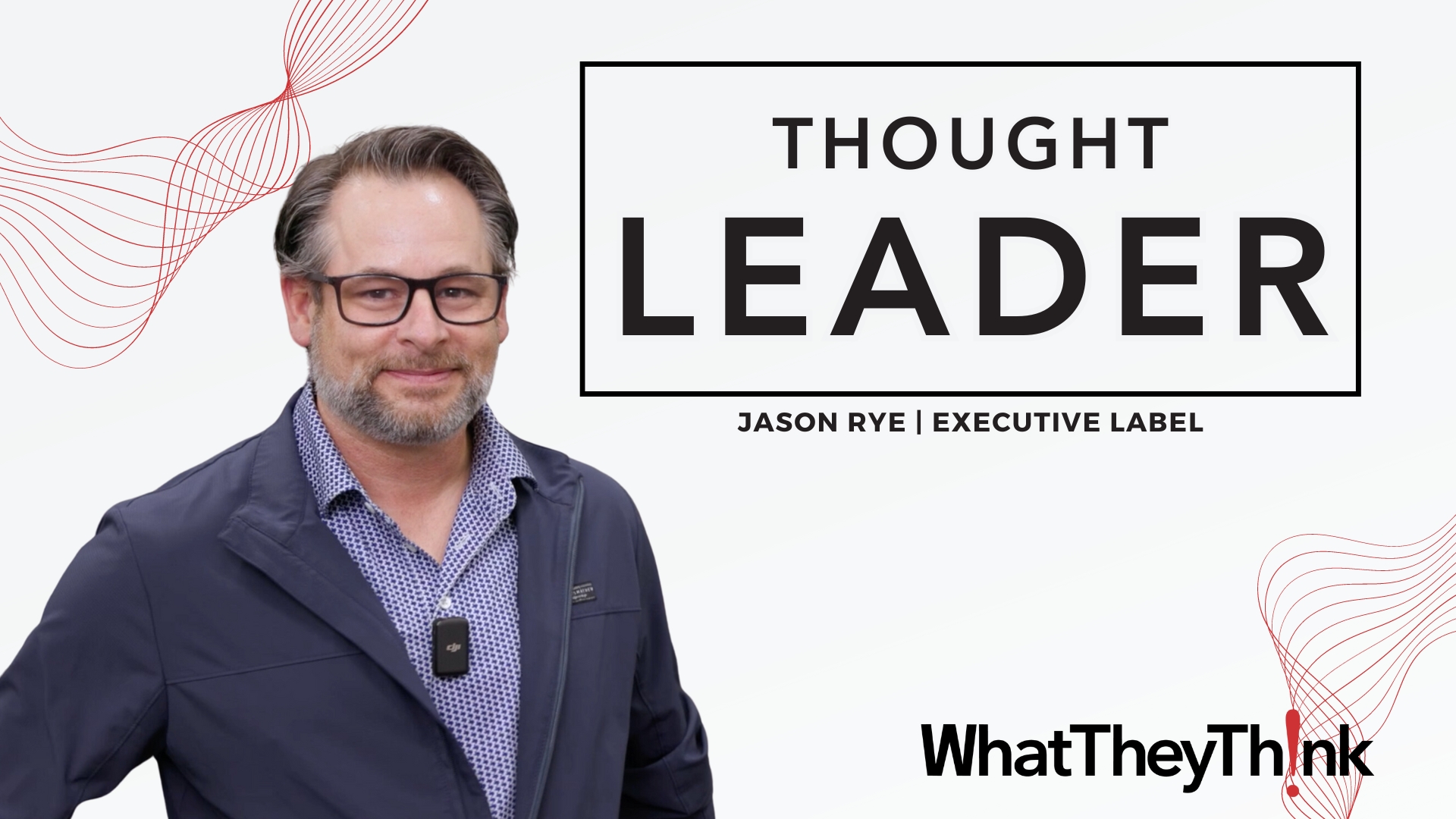
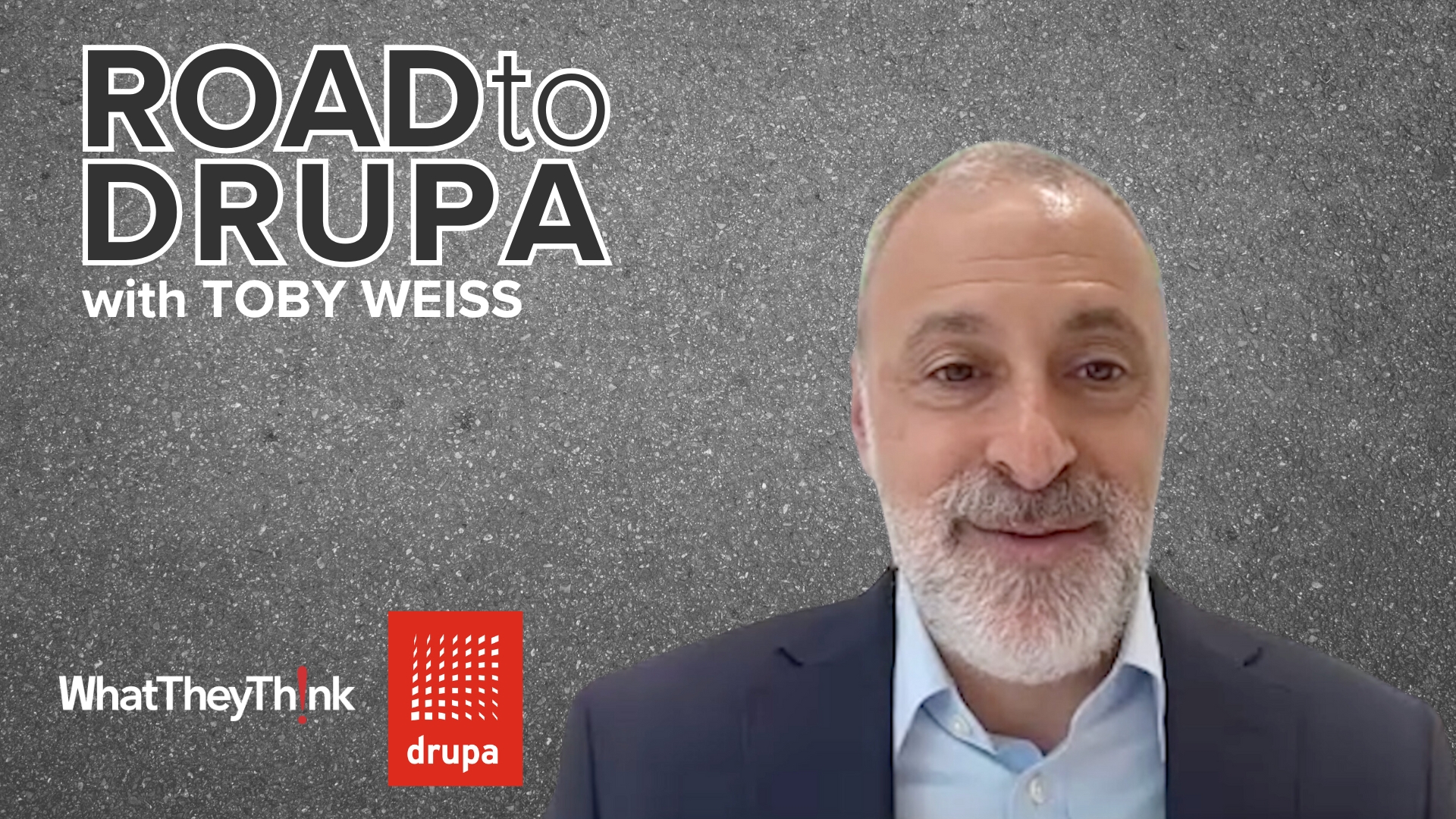
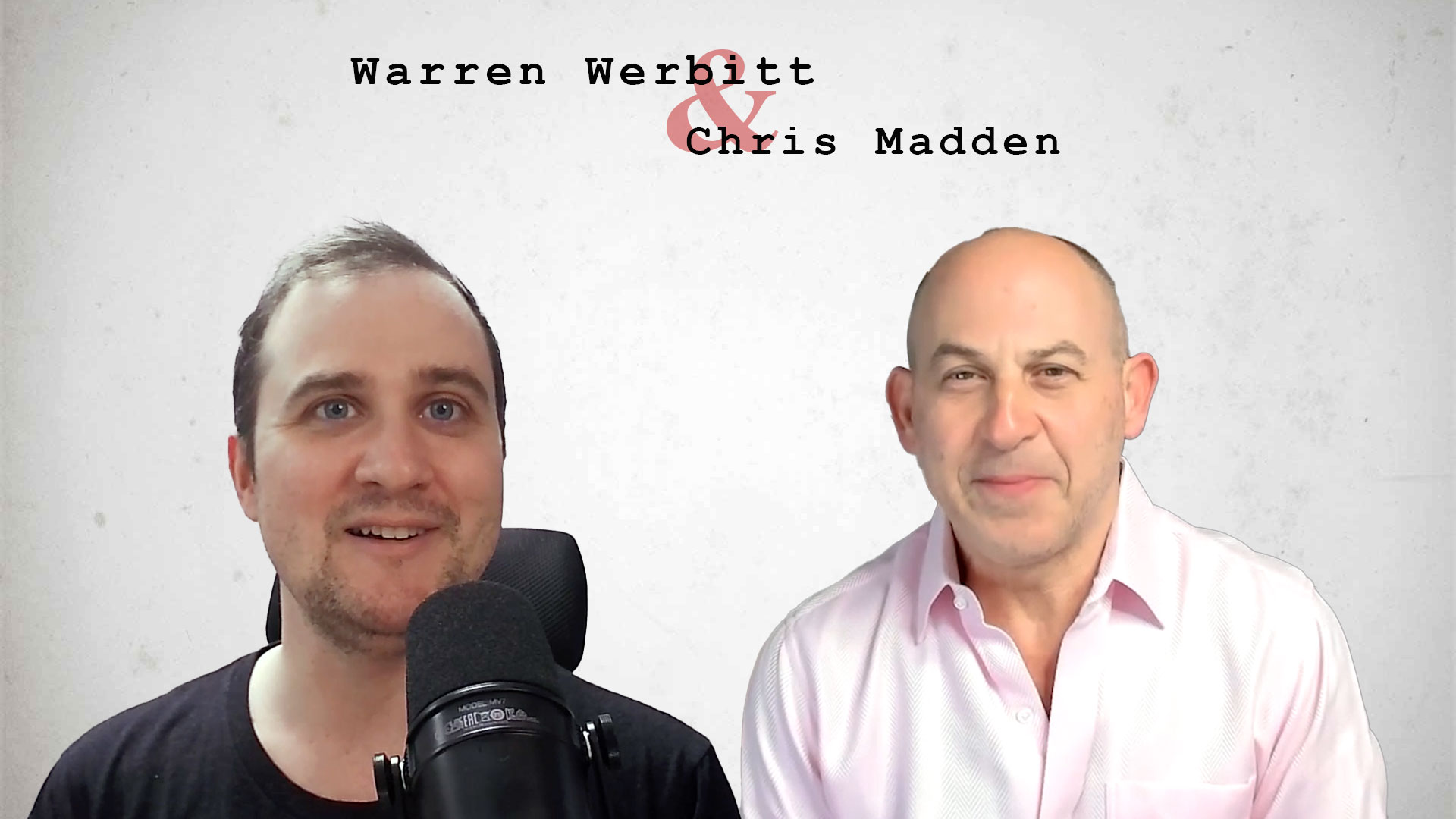

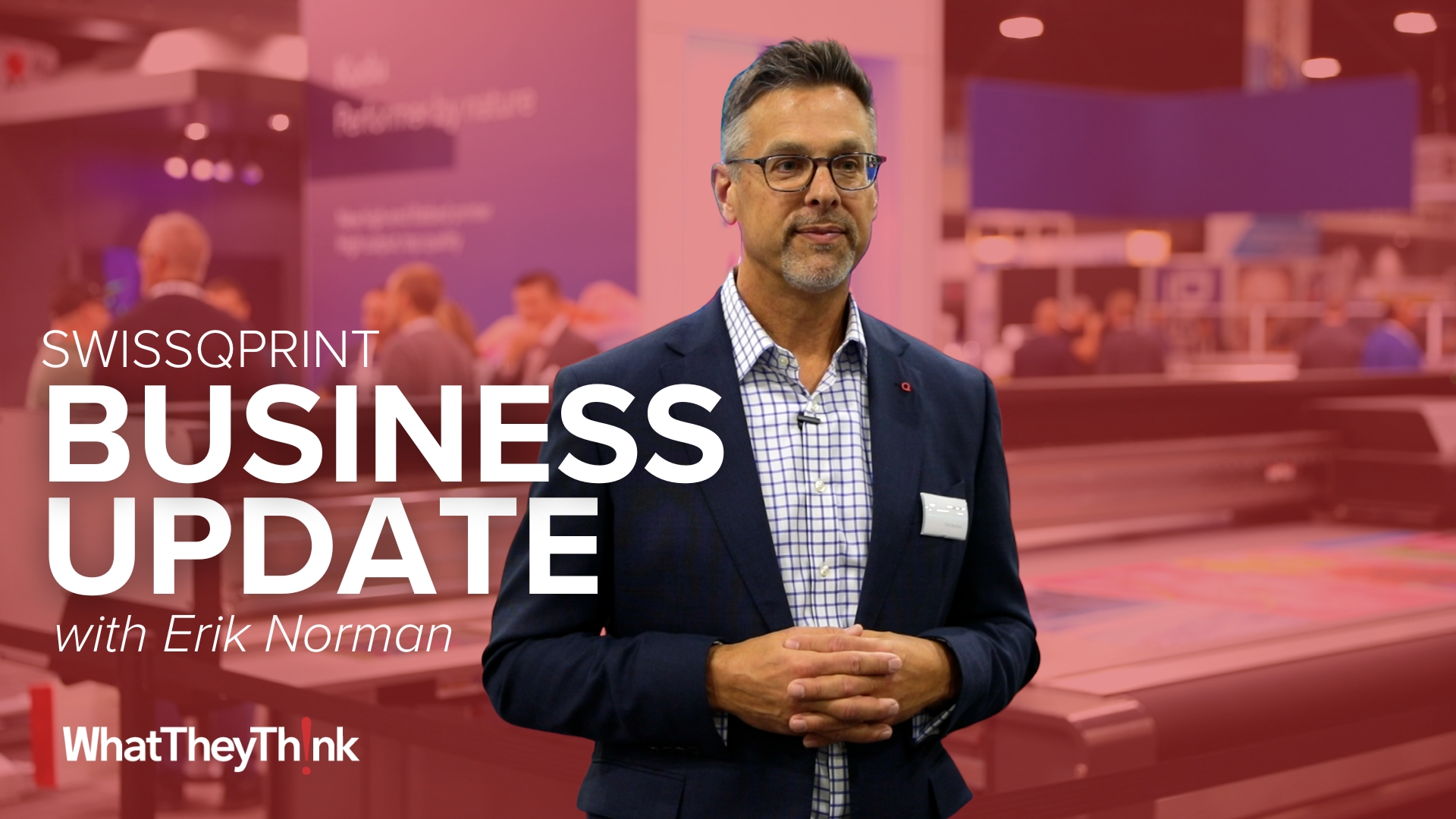
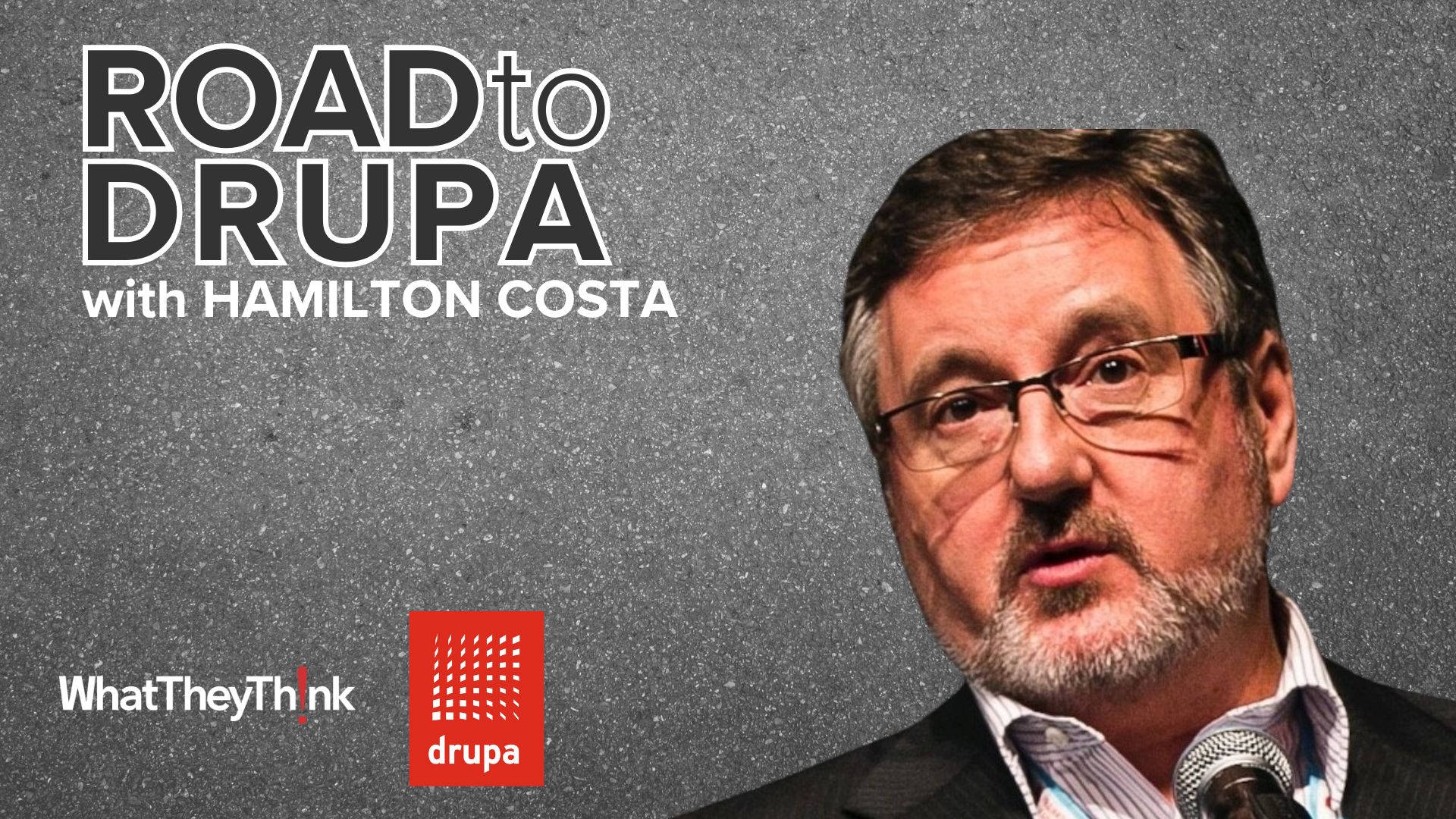


Discussion
Join the discussion Sign In or Become a Member, doing so is simple and free